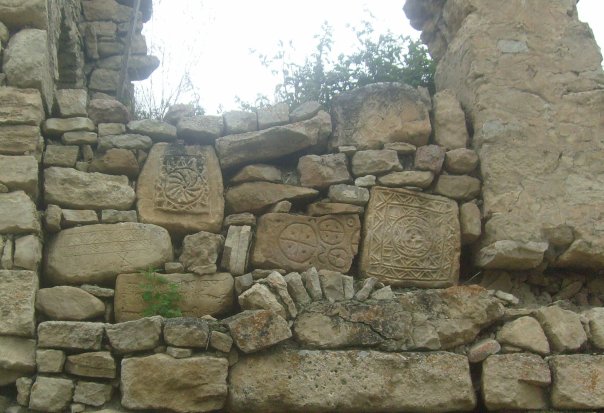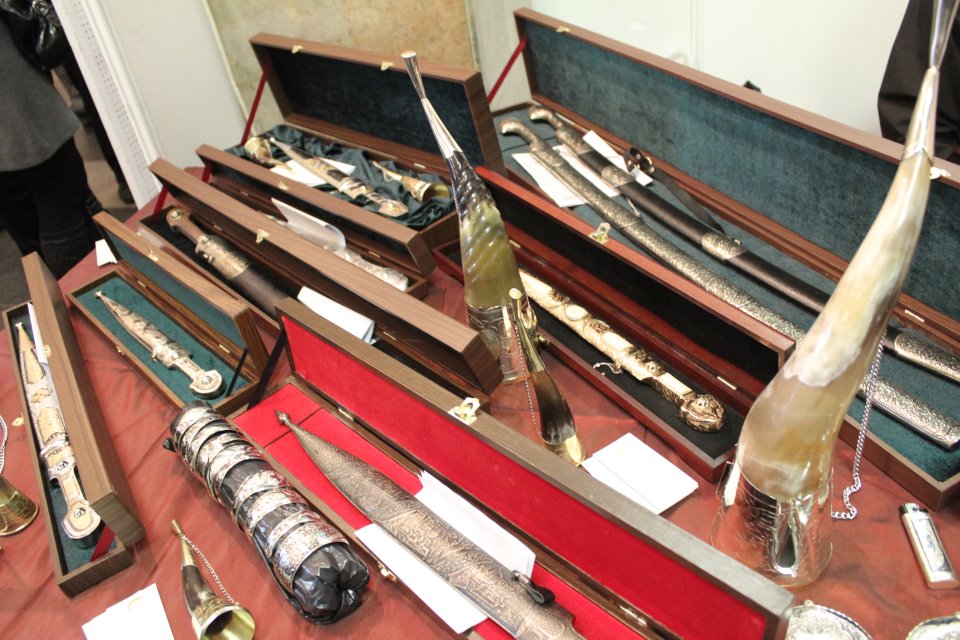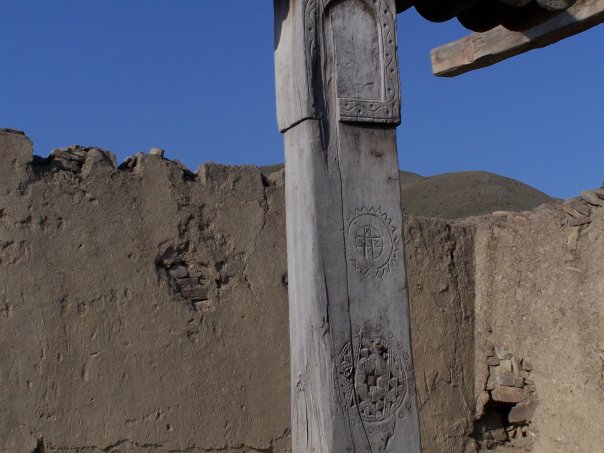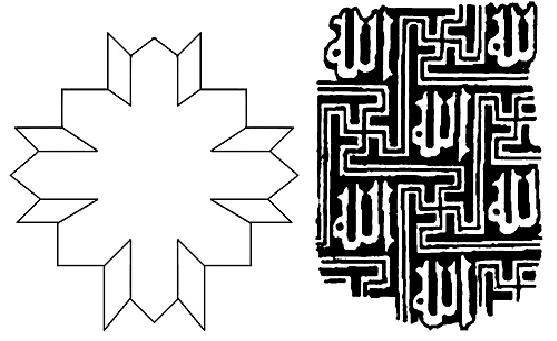The Lezgians of the Caucasus are the direct descendants of the ancient Albanians.. Lezgian culture has had a profound impact on the culture of Iran as well: one enduring aspect being the Lezgian dances which remian popular throughout the Caucasus and northern Iran.
Wall bricks from an ancient Lezgian structure in Koosar, modern-day Republic of Azarbaijan (known as Arran or Albania untuil May 1918). (Courtesy of Enver Abdulayev, Leader of the Lezgian Youth Organization of the Russian Federation).
Strabo writing at around the 1st century AD notes in the Geographica that the people of Iranian Azarbaijan (known as Media Atropatene at the time of Strabo who lived in 64/63 BC-23 AD were Iranians with Persian as their language (Strabo 11.13.1). Book 11 of the Geographica cites the Araxes River as the boundary between Atropatene (Iranian Azarbaijan) and Albania. Pliny confirms Atropatene as having been situated south of the Araxes River.
In addition to Strabo, other Classical sources such as Arrian (who lived in 92-c. 175 AD) and Justin (Justin 23.4.13) cite the region north of the Araxes River as “Albania” and south of the Araxes as “Media Atropatene”. The people of Albania were of mainly of Ibero-Caucasian stock (Hewson, 1982, p. 27-40) with the people speaking “…twenty-six languages, because they have no easy means of intercourse with one another” (Strabo, Geographica, Book 11, Chapter 14). Iranian settlers arrived from Atropatene during the Mede, Achaemenid, Parthian and Sassanian eras, and mixed into the population.
At the time of Alexander’s conquests the Achaemenid satrapy of Media included much of Iranian Kurdistan, Luristan, parts of Iraqi Kurdistan, the Iranian plateau up to Hyrcania in the north and Iranian Azarbaijan to the northwest.
A rare collection of Lezgian daggers and swords from south Daghestan (circa 17-19th centuries AD).
To the north of Azarbaijan, across the Araxes River, was Albania (named as Republic of Azerbaijan since May 1918). The latter shared borders with Iberia to its west; Colchis stood to the west of Iberia. The Armenians were mainly situated to the south of Iberia-Colchis. The inhabitants of Albania (the indigenous ancestors of the Albanians), Iberia and Colchis were generally descendants of the Caucasian speaking peaples. Prior to the Indo-European arrivals, Azarbaijan and Albania had been heavily influenced by Urartians, Hurrians, Mannaeans and possibly the Cadusians.
Another view of the ancient Lezgian structure in Koosar, modern-day Republic of Azarbaijan.(known as Arran or Albania untuil May 1918) Note the circular patterns and designs on the beam (Courtesy of Enver Abdulayev, Leader of the Lezgian Youth Organization of the Russian Federation).
Iranian Azarbaijan (south of the Araxes River) had been Iraniancized by the Medes as well as Scythian invaders from the Ukraine. Zoroastrianism became widespread in Azarbaijan after Cyrus’ overthrow of king Astyages of the Median Empire. Albania also became profoundly influenced by Zoroastrianism, where some of the oldest fire temples survive to this day. Albania had been conquered by Median king Cyaxares in the 7th century BC but the region south of the Araxes River is the historical location of Azarbaijan in Iran.
Lezgian wall decoration patterns 10-11th centuries AD. These are from the Mehrab of the ancient Lezgian mosque near the village of Lotghun in Daghestan (Courtesy of Enver Abdulayev, Leader of the Lezgian Youth Organization of the Russian Federation).







